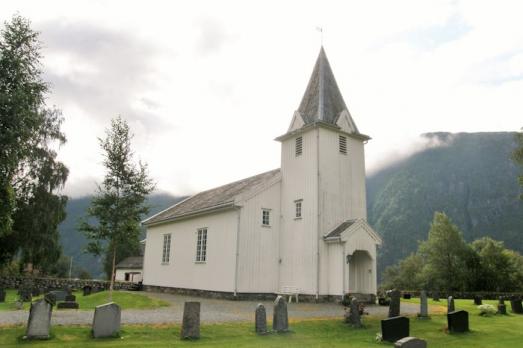
Nesflaten Chapel
Nesflaten, NO
The Nesflaten Chapel is a wooden building completed in 1853. The church has a long plan, its architecture is inspired by Hans Linstow's type of church.
Here you can search for a building to visit. You can use the map find destinations, or you can use the filters to search for a building based upon what different criteria.

Nesflaten, NO
The Nesflaten Chapel is a wooden building completed in 1853. The church has a long plan, its architecture is inspired by Hans Linstow's type of church.
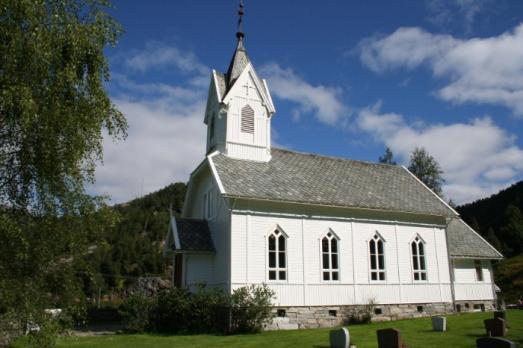
Vaksdal, NO
The Nesheim church is a long church dating from 1908. It was built according to the plans of the architect Adolf Schirmer. It is the first church in the city and was built near a former auxiliary cemetery. It is not known for sure when the old cemetery was created, but it may have been built at the beginning of the 19th century.
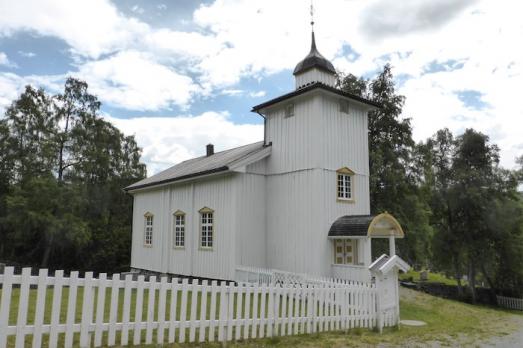
Vinje, NO
The church in Nesland is a long church from 1847. It was built of wood in the Empire style. It was built on a site where churches have been built since the 13th century.

Nesna, NO
The Nesna church dates back to 1880. It was built in wood in the neo-gothic style. The building was completed in 1879 but was inaugurated only on September 17, 1880. The previous church on the site was built in 1767, it was slightly smaller than the present church building. The materials of the 1767 church were in such good condition that they were used for a new primary school and chapel in Bardal.
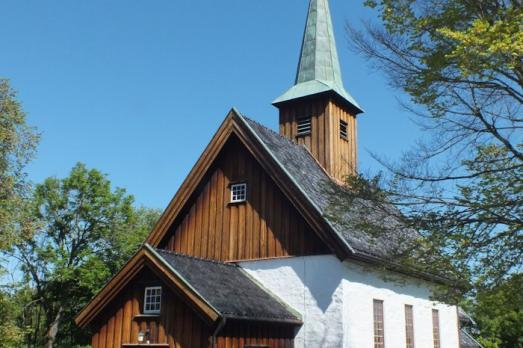
Nesodden, NO
The Nesodden church is a medieval stone church with a rectangular nave and narrower choir. In the 1870s, wooden porches and sacristies were built, and as part of the restoration in 1956, these were restored. The baroque portal altarpiece has wings with richly carved acanthus leaves and was probably made by Johan Jørgen Schram in 1715.
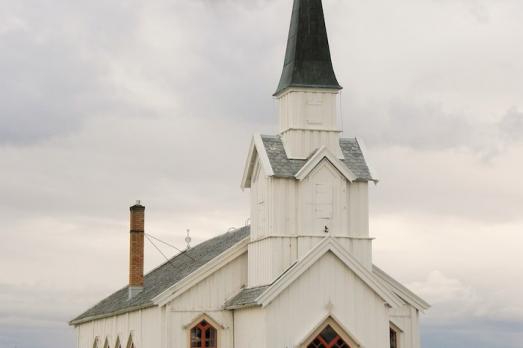
Nesseby, NO
Nesseby Church is a long church from 1858, designed by the architect Christian H. Grosch. It is the second church on the site, the first being the former Kiberg church which was moved to Nesseby in 1746. This church was demolished when the present church was built. The church was not affected by the fire in Finnmark and North-Troms during the Second World War.
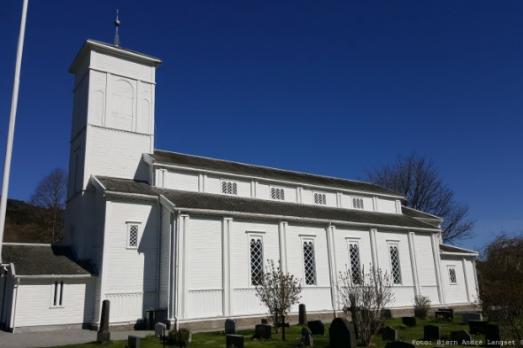
Eidsvåg i Romsdal, NO
The Nesset church dates from 1878 and was built as a wooden long church. The architect of the church is J.H.Nissen. The cemetery is called Eidsvåg Cemetery.
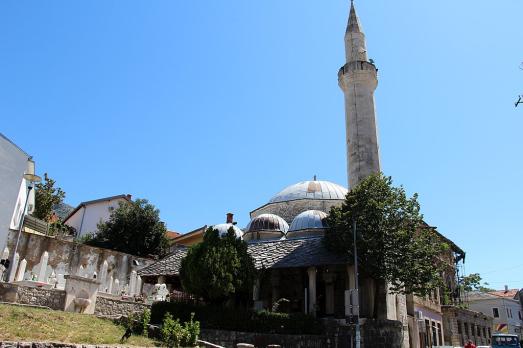
Mostar, BA
Nesuh-Aga Vučjaković Mosque was built in the 16th century. It is very close to Karađoz Bey Mosque, to which it is very similar in style.
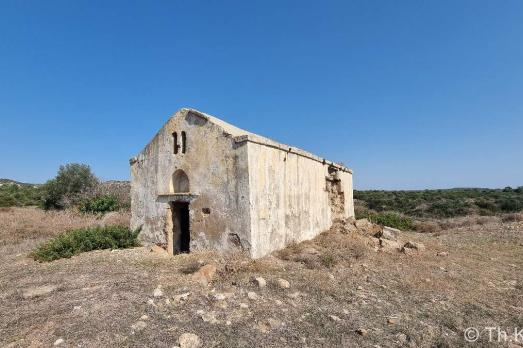
Neta, CY
The Agios Sergios church in Neta is located about 3 km southeast of the village in the fields. The building was erected in the 12th century. It is now in a ruinous state. The wall of the apse has already completely collapsed, as have parts of the southern wall. There is also a large hole in the roof at the back.
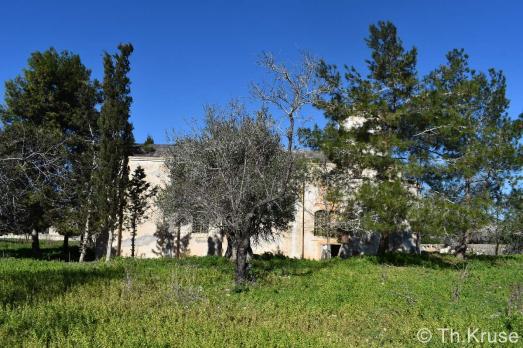
Neta, CY
The Panagia Church of Neta was built in the 18th century and is located in the northern part of the original settlement core. Under the bell tower, steps lead down to a chamber. Gunnis called this area "holy well". The church was converted into a mosque after 1974 and was used until a new mosque was completed in the village.

new
The Chassidic Route is a cultural and historical trail tracing the rich legacy of Jewish communities in southeastern Poland and western Ukraine. This region was central to the rise of Chassidism in the 18th century. Here, we highlight 10 remarkable synagogues you’ll discover along this route.

he cradle of the Industrial Revolution in Germany, Chemnitz, is well-known for its industrial heritage landscape, but the city is also home to remarkable examples of religious architecture from different historical periods. Join us as we explore the key landmarks of this European Capital of Culture 2025.

The twin towns of Nova Gorica (Slovenia) and Gorizia (Italy), lying on the border between the two countries, have a rich religious heritage, steeped in centuries of tradition. If you are looking for ideas for your visit, take note of these 10 religious sites that you should not miss.